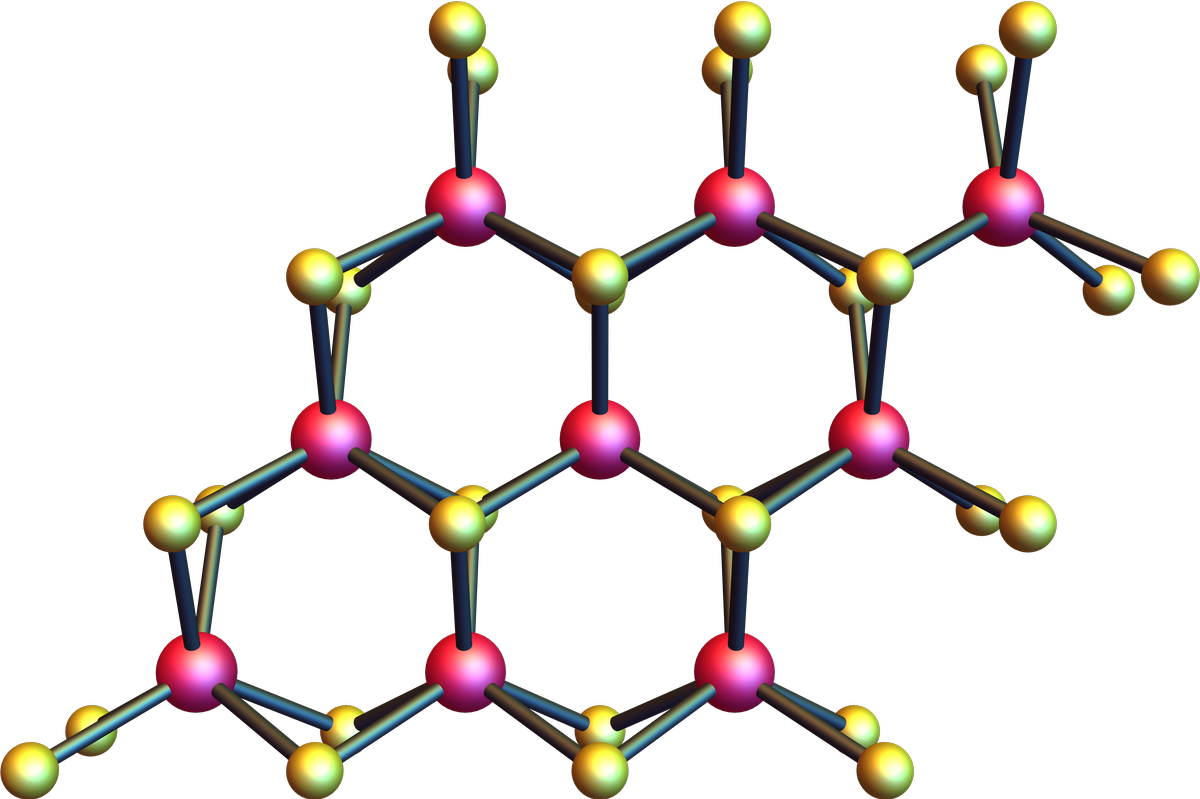Superconducting Phases of Monolayer TMDs
Session R15: 2D Materials: Superconductivity and Correlations I
APS March Meeting 2016
Baltimore, MD, US


Transition metal dichalcogenides
- TMD overview and tight-biding, low-energy, two-valley model
- Intrinsic and induced superconductivity
- Intervalley and intravalley paring channels
- Optical valley selection rules and Berry curvature


TMD monolayers
- Direct band gap semiconductors
- Break inversion symmetry ⇒ gapped out spectrum
- Two inequivalent valleys ⇒ new degree of freedom
- Strong spin-orbit coupling ⇒ large valance band spin-splitting
- Opposite valley Berry curvature
- Optical valley probe and valley Hall effect
- Two state tight binding model: dz2, and dxy±idx2−y2
H0τs(k)=at(τkxsx+kysy)⊗I2+2Δsz⊗I2−λτ(σz−1)⊗Sz
D. Xiao, G.-B. Liu, W. Feng, X. Xu, and W. Yao, Phys. Rev. Lett. 108, 196802 (2012).Energy bands

- Δ—band splitting
- λ—spin splitting
- τ—valley index
- s—spin index
- at=3.15 Å eV
- Δ=1.66 eV
- 2λ=0.15 eV
- μ=−0.83 eV
Superconducting sources
Substrate induced
V=−kντ∑Δνdτν†(k)d−τν(k)
Intrinsic (density-density interaction)
V=21RR′∑vRR′:nRnR′:
Assume even pairing interaction
Superconducting channels
- Project into upper-valance bands (τ=s)
- Mean field theory BCS-type solutions: gap function Δk
- m=0 intervalley channel always dominates
- Both classes give constant gap function for dominant paring
Induced
Δk=21(Δ++Δ−)−21(Δ+−Δ−)cosθk
Intrinsic
Δk=gkv0k′∑gk′∗⟨c−k′α′ck′α⟩
Optical coupling
- Harmonic perturbation ⇒ correlated phase's optical transition rates
- A/∣A∣=ϵeiωt+ϵ∗e−iωt, k→k+eA
- Valley selection remains coupled to circularly polarized light

Berry curvature
- BCS ground state has zero net curvature
- Optical pair-breaking ⇒ selectively excite carriers in single valley
- Berry curvature retains relative sign relations
- Anomalous Hall velocity v=−k˙×Ω(k)
